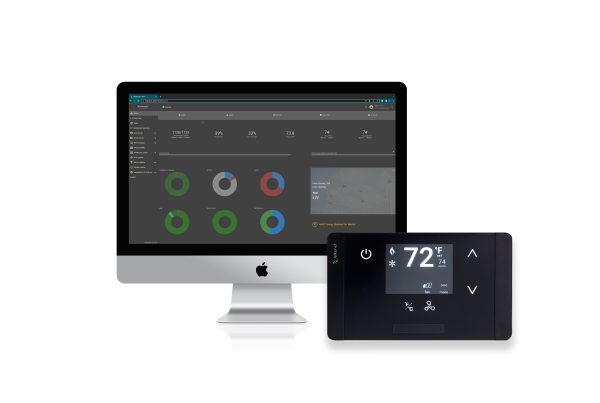 State-of-the-art Energy Management Systems collect a massive cache of relevant, granular data. What can you do with it?
State-of-the-art Energy Management Systems collect a massive cache of relevant, granular data. What can you do with it?
One of the ways to take advantage of this mountain of data is to set up alert triggers. Configure alerts to warn you of potentially significant events like impending HVAC breakdowns or relatively minor circumstances like patio doors left open.
And, beyond simply issuing warnings, an Energy Management System can trigger events based on these alerts.
If your facilities team must do more with less, alerts can help ease the stress and streamline their workflow.
If you can envision it, an EMS provider can probably build it.
Ask yourself these questions before setting up EMS system alerts in your Energy Management platform:
● What is the purpose of the alert?
● What criteria do I want to use when creating my alert?
● Who should receive the alert?
● Do the recipients want to receive the alerts via text or email, or both?
● Do they want to be alerted immediately or once daily?
● Should some other additional automated action take place?
Here are examples of alerts you might want to set up:
● If the patio door remains open for 5 minutes, turn off the air conditioning, display a message on the thermostat, and text the facilities team.
● If the outdoor temperature reaches 40°F, switch the smart thermostats from cool mode to heat mode if the room is unoccupied. Additionally, issue an email alert to my building custodian.
● When the battery life remaining in any thermostat reaches 15%, issue an email alert daily until we replace the batteries.
● If the pipe sensor is above a specific temperature, switch all thermostats into heat mode. Do not issue alert notices, but have them displayed on my EMS Alerts screen.
If you are in the market for a new Energy Management System, be sure the one you select collects relevant data AND analyzes that data in practical ways. Be sure it is robust and flexible enough to issue all the alerts that will help you do your job efficiently and trigger appropriate responses.


